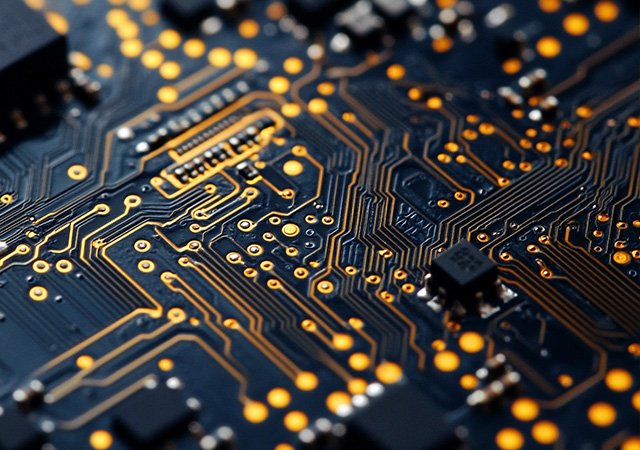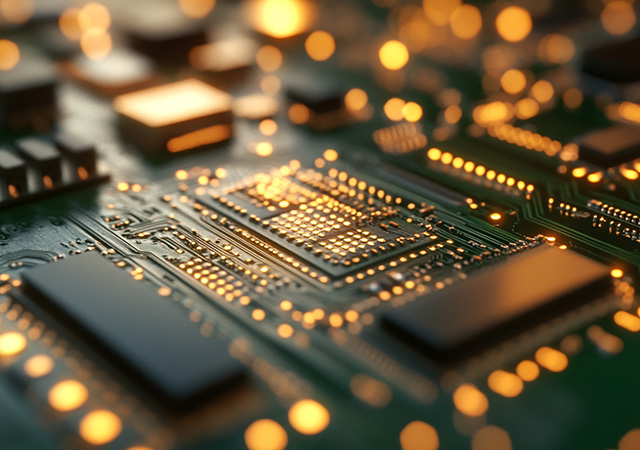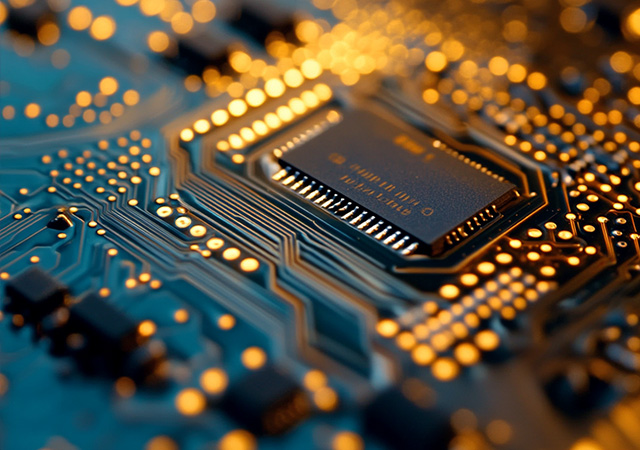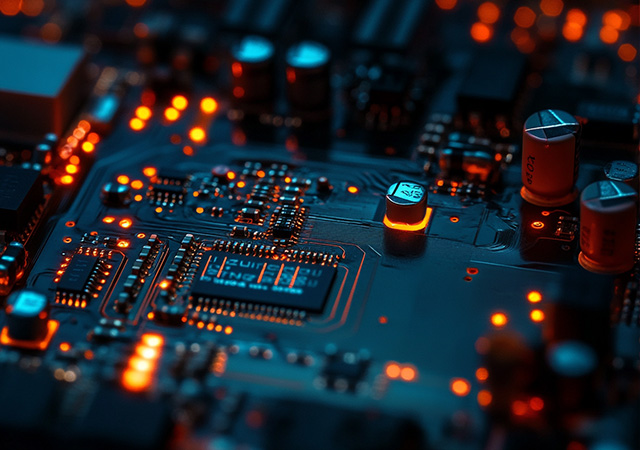-
- PCB TYPE
- PRINTED CIRCUIT BOARD PROTOTYPE ALUMINUM PRINTED CIRCUIT BOARD R&F PCB FPC HIGH FREQUENCY PCB HIGH-TG PCB HEAVY COPPER PCB HDI PCB PCB FOR LIGHTING METAL CORE PCB

The Halogen Free FR4 PCB Type represents a significant shift in printed circuit board materials, prioritizing environmental safety and regulatory compliance without compromising the core functionality that has made FR4 a staple in electronics. As global regulations tighten and consumer awareness of environmental issues grows, this variant has emerged as a critical solution for manufacturers seeking to reduce hazardous substances in their products. Unlike traditional FR4, which relies on halogenated compounds for flame resistance, Halogen Free FR4 achieves fire safety through alternative additives, eliminating the release of toxic gases during combustion and aligning with strict environmental standards. This article explores the defining characteristics, manufacturing considerations, applications, and benefits of Halogen Free FR4, highlighting its role in driving a more sustainable and safe electronics industry.

In the vast landscape of printed circuit board (PCB) materials, the Standard FR4 PCB Material Type stands as the most widely used and recognized substrate, forming the backbone of countless electronic devices worldwide. Its enduring popularity stems from a unique blend of practicality, reliability, and cost-effectiveness, making it the default choice for engineers and manufacturers across industries. Unlike specialized high-performance variants, Standard FR4 is engineered for general-purpose applications, where its well-balanced properties—from mechanical stability to electrical insulation—meet the demands of everyday electronics without unnecessary complexity. This article explores the essence of Standard FR4, examining its composition, manufacturing journey, ideal applications, and enduring role in the electronics ecosystem, while highlighting why it remains indispensable in a world of advancing technology.

FR4 PCB remains the cornerstone of modern electronics, a material whose adaptability has allowed it to evolve alongside the industry’s most demanding challenges. From the earliest integrated circuits to today’s 5G infrastructure and IoT ecosystems, FR4 has proven its worth as a cost-effective, reliable substrate for printed circuit boards. Its unique combination of mechanical strength, electrical insulation, and flame resistance—coupled with ongoing material innovations—ensures it remains indispensable. This article explores the latest developments in FR4 PCB technology, from advanced formulations to novel manufacturing techniques, while examining its expanding role in emerging applications. By focusing on its evolving properties, sustainability gains, and integration with cutting-edge electronics, we highlight why FR4 continues to dominate the PCB market and what the future holds for this versatile material.

The FR4 PCB temperature rating is a critical specification that dictates the operational limits of printed circuit boards in various thermal environments. This rating, primarily defined by the glass transition temperature (Tg) of the FR4 laminate, serves as a benchmark for engineers to determine if a PCB can withstand the heat generated by components and ambient conditions. Unlike specialized materials such as ceramics or polyimides, FR4 offers a range of temperature ratings—from 130°C for standard variants to 200°C+ for high-performance grades—making it adaptable to diverse applications. This article delves into the meaning of FR4 PCB temperature ratings, how they are measured, the factors that influence them, and their practical implications for design and reliability. By demystifying these ratings, we aim to provide engineers with the knowledge to select the right FR4 variant for their specific thermal needs.

In the realm of electronics, where devices are increasingly deployed in harsh environments—from automotive underhood systems to industrial furnaces—the demand for materials that can withstand elevated temperatures has never been greater. High Temperature FR4 PCB Material emerges as a critical solution, engineered to maintain structural integrity and electrical performance at temperatures far exceeding those tolerated by standard FR4. With glass transition temperatures (Tg) starting at 150°C and reaching up to 200°C or higher, this specialized material bridges the gap between conventional FR4 and exotic alternatives like ceramics or polyimides. This article explores the science behind high temperature FR4, its key properties, manufacturing innovations, design considerations, and real-world applications, highlighting why it has become indispensable for engineers designing electronics for extreme thermal conditions.

Got project ready to assembly? Contact us: info@apollopcb.com



We're not around but we still want to hear from you! Leave us a note:

Leave Message to APOLLOPCB
